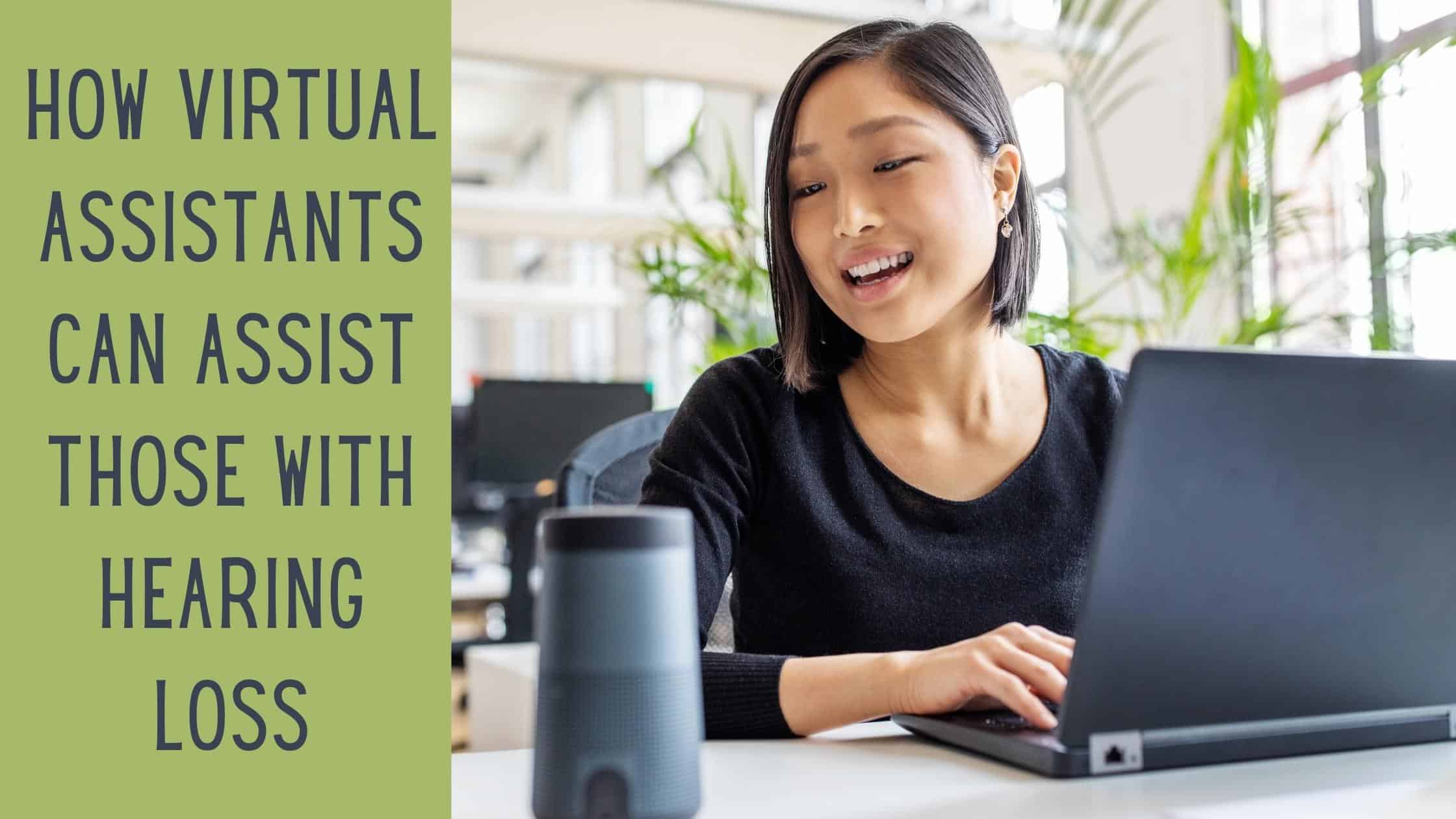
We are constantly interacting with technology throughout the day. Advanced technology has made it easier to connect and use devices while engaging in various activities. This includes virtual assistants, which allows people to easily perform everyday tasks: asking Siri to make a phone call, send a text, look up directions etc. Hearing aids have integrated this technology to maximize user experience and quality of sound by making interaction much simpler which can be especially useful for people with hearing loss!
Hearing Aid Technology
Over the past several years, hearing aids have evolved and benefitted from newer technology and artificial intelligence. These small electronic devices are more innovative and advanced than ever before. A few important features that hearing aids are able to integrate include:
- wireless connectivity: using Bluetooth technology, hearing aids are able to wirelessly connect to other electronic devices. This allows hearing aids to stream audio directly from smartphones, speakers, laptops etc. which enhance sound quality and reduces background noise. Most hearing aid devices today are embedded with this feature.
- voice recognition: artificial intelligence (AI) – which uses technologies such as algorithms and history of the user’s behavior – can learn the wearer’s voice and can isolate it from other types of sounds so that one’s voice is presented clearly.
- adjust automatically: AI also allows hearing aid devices to learn and automatically program desired settings in specific environments. This means that hearing aids can evaluate the environment and switch to the preferred settings, preventing the user from making manual adjustments.
These features highlight the ways in which hearing aids have incorporated advancing technology to provide greater connectivity in an increasingly digital world. Another example of this is virtual assistants.
Understanding Virtual Assistants
The purpose of virtual assistants is to provide easily accessible support by performing simple tasks by using voice-based technology. Virtual assistants use AI technology to hear and respond to a person’s voice when a question or request is verbally communicated. You are likely already familiar with the most common virtual assistants like: Apple’s Siri, Microsoft’s Cortana, Amazon’s Alexa, Google’s Google Home etc.
Using virtual assistants allows you to tap into your devices and interact conveniently. So how does this work with hearing aids and how exactly does it benefit people with hearing loss? Well hearing aids, using Bluetooth technology, can wirelessly connect to your smartphone and access it’s virtual assistant!
Virtual Assistants & Hearing Aids
Hearing aids pairing with your smartphone and using its virtual assistant can be really useful. When your phone responds to your questions or request, the audio is streamed directly to your hearing aids which makes hearing much easier (and clearer). This feature can be helpful for people with hearing loss who navigate specific challenges related to sound. For example people can:
- have the virtual assistant set reminders that are then directly streamed by the hearing aids
- reminders are useful for keeping track of appointments, medications etc.
- quickly pull up to do lists
- read and/or send emails
- access GPS and navigation features
This can be especially useful for people who are less familiar with technology and have difficulty navigating devices. As voice-based technology is less niche and more integrated in our devices today, its potential with hearing aids is being explored. An example of this is with the development of a new feature:
- tap control technology: one of the most recently launched features, tap control technology allows people to access various functions and settings by simply tapping on their hearing aid device. This includes connecting with their phone’s virtual assistant!
A growing area of research and interest is embedding virtual assistant technology within the actual hearing aid device. This would mean that hearing aids would house the virtual assistant rather than an external source (phone, speaker) which has various possibilities:
- operating your phone and other devices hands free
- providing information specific to your hearing aid device
- battery life, settings, programs etc.
- perform more tasks even easier
Virtual assistants can provide useful support while navigating daily life. As our world becomes more and more digital, this technology can allow hearing aids to enhance hearing across devices. If you are interested in these features and what’s to come, contact us to learn more!
